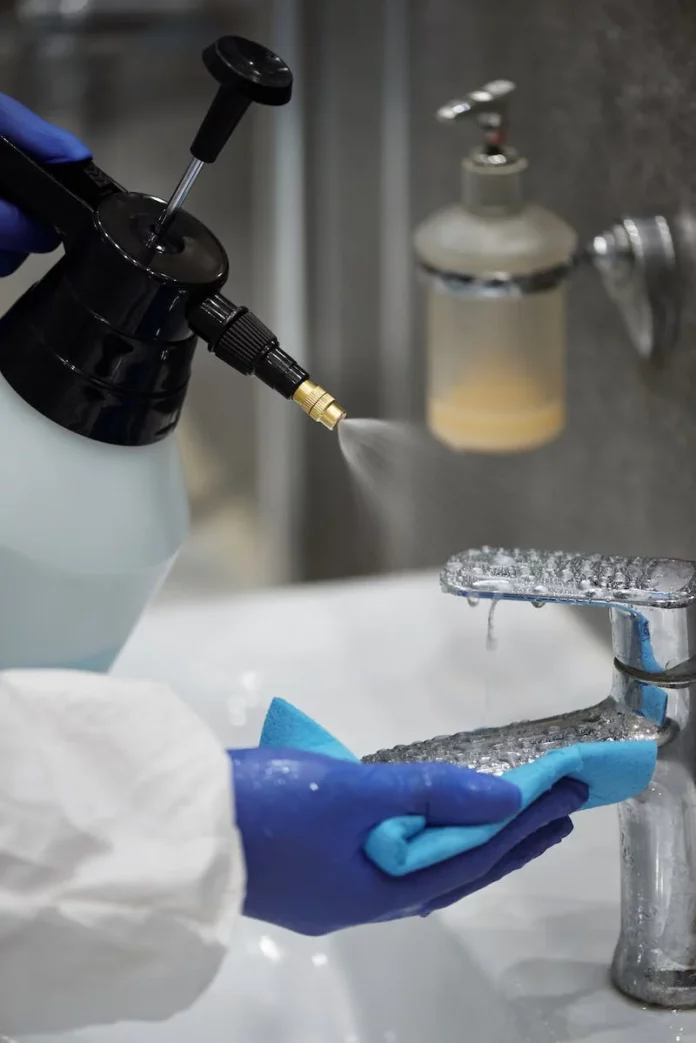Storms, leaky roofs, plumbing issues, and flooding can all cause water issues in your home. If you want to preserve the structural integrity of your home, and minimize long term damage, you’ll need to act quickly. But how exactly should you handle an emergency water cleanup?
Get to Safety
The health and safety of your family should be top priorities. If you’re in the middle of a dangerous flood, or if a storm is compromising the integrity of your home, it’s important to get you and your family to safety as soon as possible.
· Be wary of road conditions. If you’re going to drive somewhere else, be wary of road conditions. It may be unwise, or even impossible to drive during these conditions.
· Don’t drive through flood waters. If you see standing flood water, never drive through it. Even if you suspect that your car may be able to make it, it’s important to avoid underestimating the power of floods.
· Turn off the utilities. If you need to abandon your home due to flooding, it may be prudent to turn off the utilities before you leave. If you do this, do so safely, as turning off the electricity poses a risk of electric shock.
Turn Off the Water
If the water in your home is coming from your own plumbing, rather than a storm or a flood, it’s vital to turn off the water to your house as quickly as possible. This should minimize further damage and give you an opportunity to clean up what’s already there. If the issue is local, you can turn off the water locally; otherwise, you’ll need to turn off the water main.
Contact a Professional
Next, the best course of action is to call a water damage remediation professional. They can help you identify issues, remove the water in your home, and prevent dangerous complications like the growth of mold. Professional water remediation is more expensive than trying to deal with the issue yourself, but it’s also typically associated with much better results.
Depending on the nature of your issue, you may also need a plumber, an electrician, a roof repair specialist, or other professionals to lend their expertise.
Clean Up
If you decide not to work with a team of professionals, you’ll need to make it a priority to clean up the water as quickly as you can. Without adequate cleanup, water damage grows worse and leads to further complexities.
· Pump the water. Start by pumping out as much water as you can. Depending on your circumstances, you may be able to buy or rent a water pump. Pumps come in a variety of styles and sizes, so choose the model that’s most appropriate for your home and the amount of water you need to pump.
· Use a shop vac. After you’ve pumped out the bulk of the water in your house, you can use a shop vacuum to suck up the remaining moisture. Depending on the size of your home and the extent of the water damage, this should only take a few hours.
· Dispose of severely damaged items. As a general rule, if something has been underwater for more than 24 hours, you should dispose of it. If the damage is so severe it doesn’t appear to be easily remediated, get rid of the item.
· Dry and restore mildly damaged items. Everything else needs to be treated quickly if you hope for restoration. Remove these items, place them in a dry area, expedite the drying process however you can, and consider using bleach to treat any areas of mold or mildew.
Dry Out
Mold and mildew can start developing in a water-damaged area in as little as 24 hours after the inciting incident. Accordingly, even after you’ve cleaned out most of the water, you should take precautions to remove extra moisture.
· Open the doors and windows. Keep the doors and windows of your house open to facilitate better air flow.
· Move air with fans. You can also promote better air flow by turning on fans and keeping them running.
· Soak up last bits with towels. If there are any areas that still contain small amounts of moisture, soak up these last bits of moisture with towels.
· Keep dehumidifiers running. It’s also a good idea to keep dehumidifiers running for the hours and days following the initial water damage.
Nobody ever wants to be involved in an emergency water cleanup situation. But if you ever find yourself on the wrong end of a brutal rainstorm or a burst pipe, it’s important to know how to act. Getting to safety, mitigating further issues, and calling in the professionals should be your top priorities.




